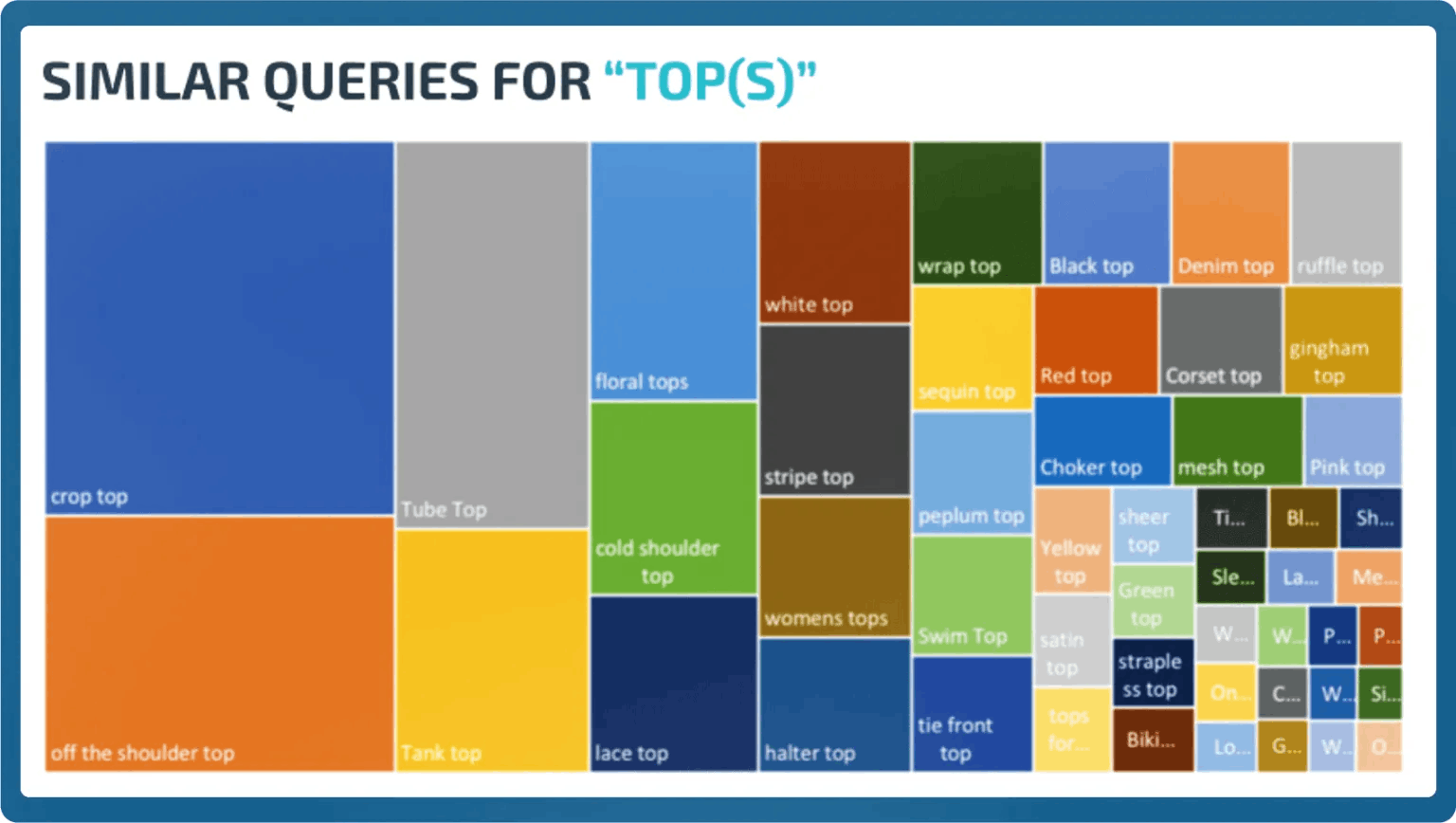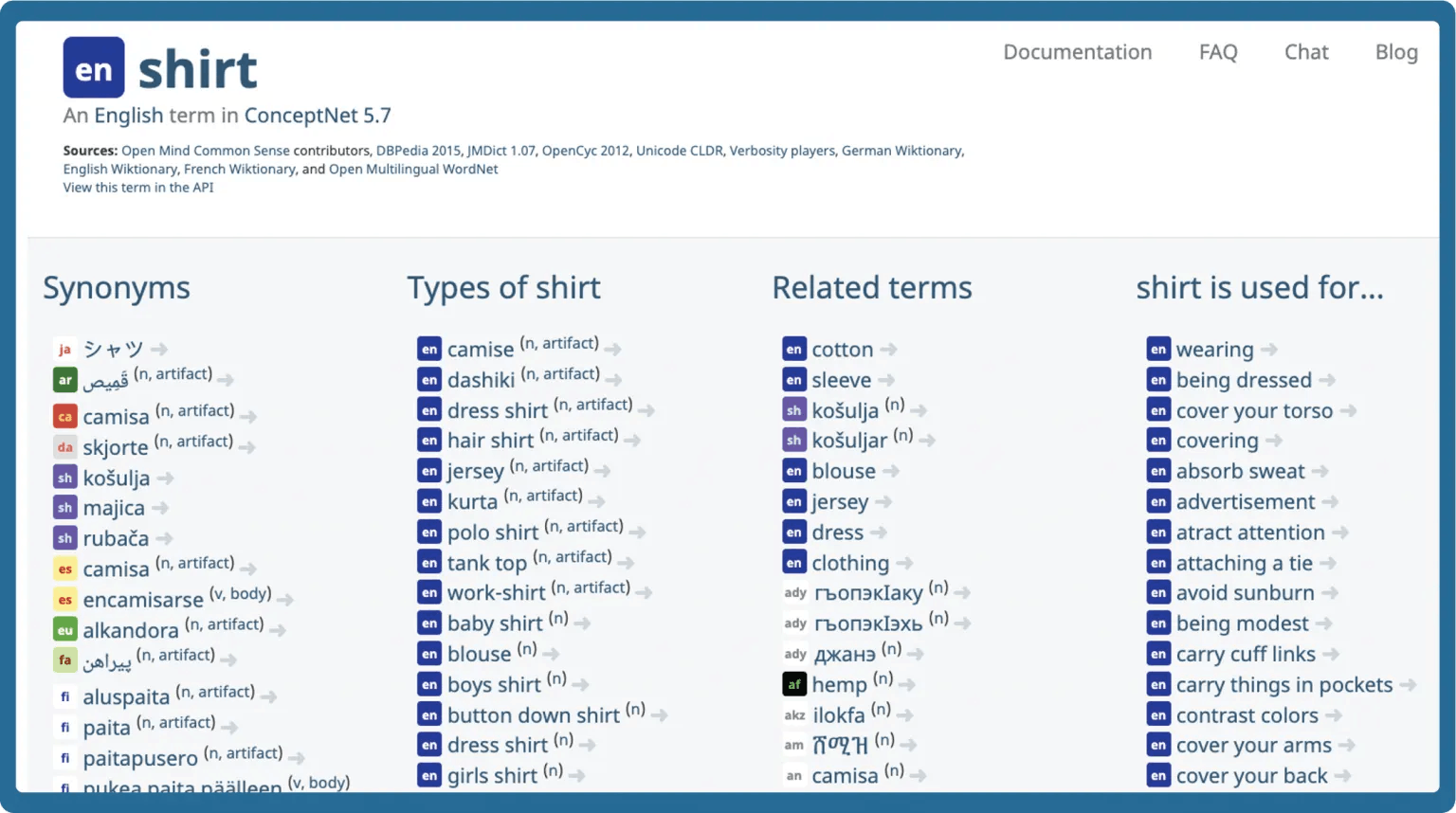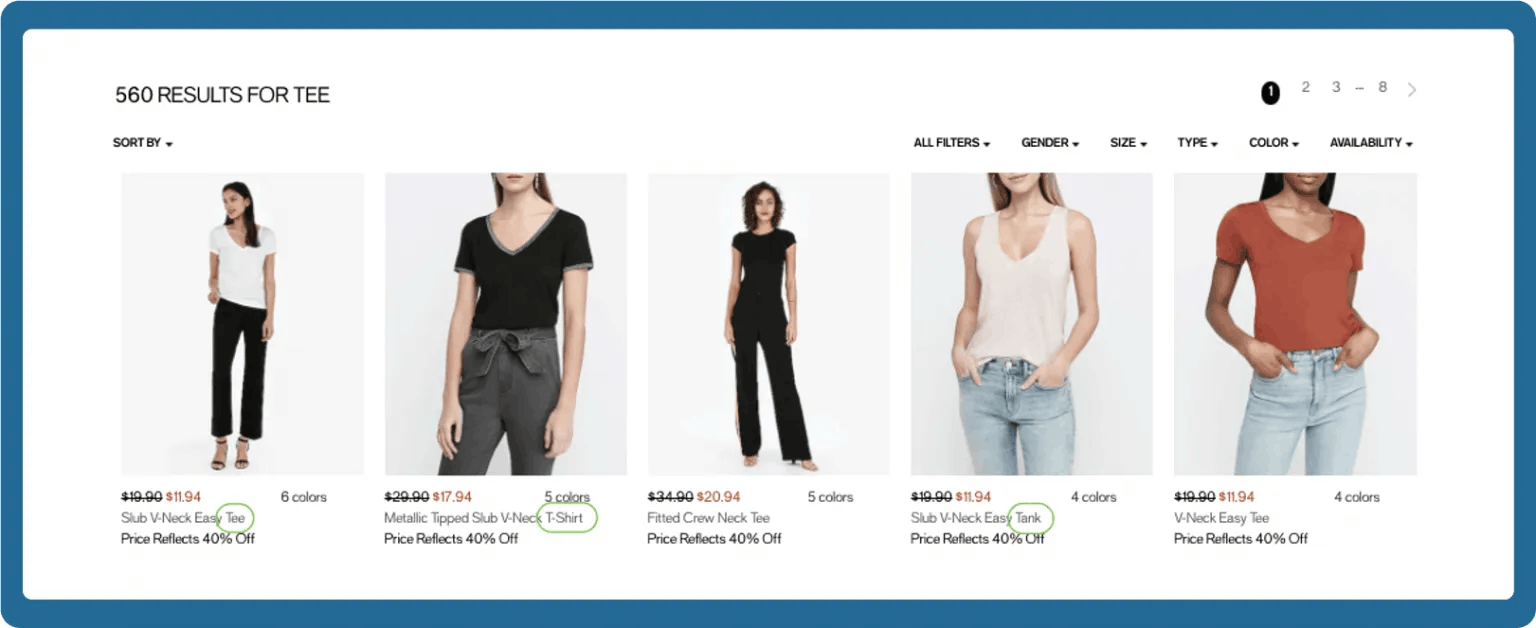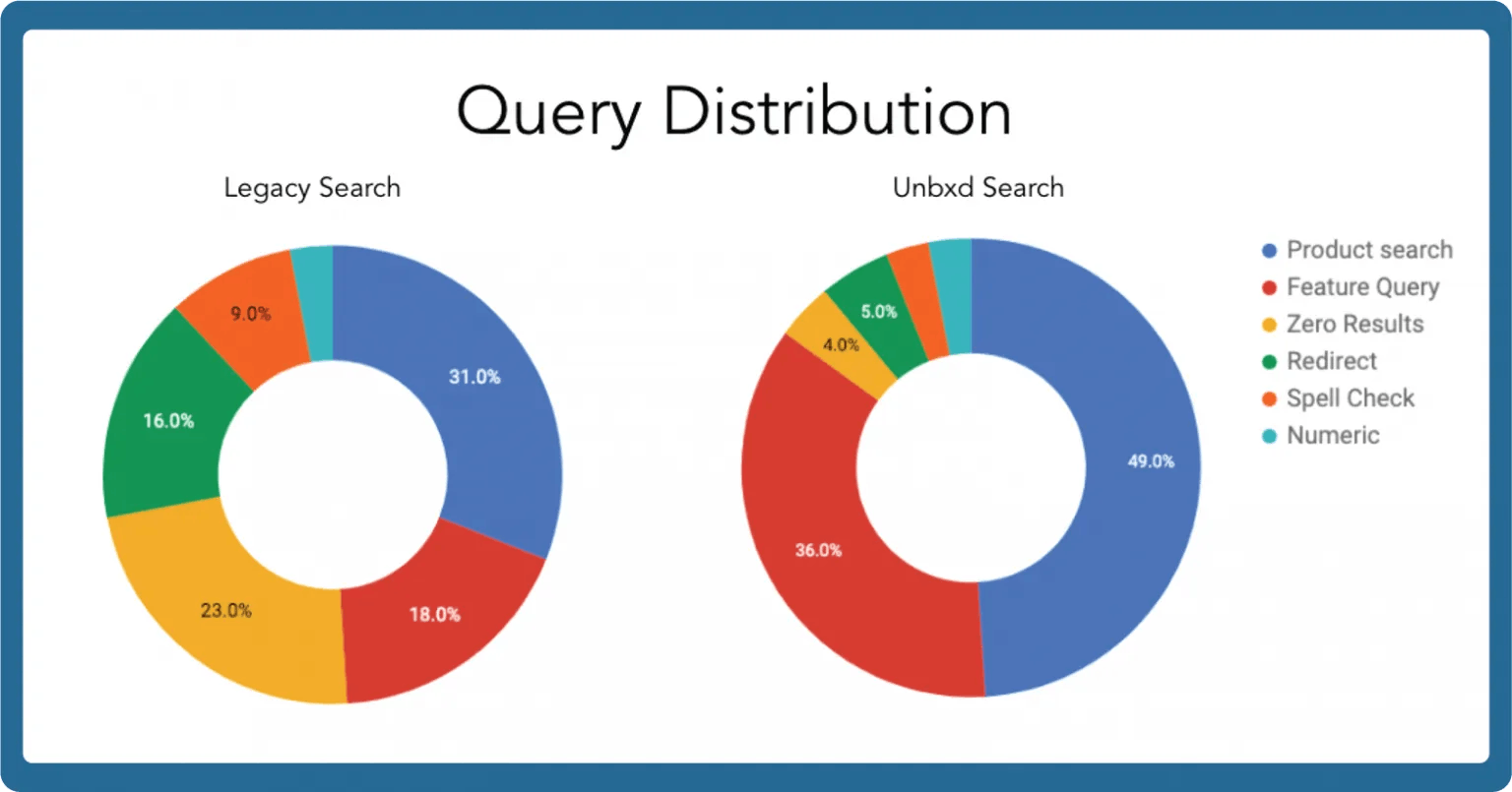It’s all about automation
Just like in construction, every good building starts with a solid foundation. So we start with your existing product feed.
- The first objection we hear from our customers is – “I know my data is incomplete.” In an ideal world, we would all like to have every piece of metadata available for our shoppers to search on. Understanding this limitation, we begin our journey by mining what we DO HAVE. Our ML process runs through your catalog and looks for coverage (i.e., what fields have the most data). These insights will allow us to fix and fine-tune relevance and prioritize fields with data in them.
- Second, we can now go ahead and mine how your customers are searching for your catalog. The aggregated data of your last year’s worth of queries allows our ML to understand a few things.
Keyword Variation – Word break/Word Joint – Unbxd Spell Check ML identifies when to split and join the keywords using its Word Break algorithms, then generates the list of related keywords and spell checks to rectify them.
Example:
You sell Jackets with annual revenue of $500,000:
- The query volume is 1,000,000
- The conversion rate of 10%
- AOV of $5
Unbxd realizes you had many more searches for the same product, different way, with color! ‘Blue jackets’– revenue @ $75,000
- Query Volume – 300,000
- Conversion rate – 5%
- AOV – $5

2. Query Clustering – Longtail is your oldest nemesis; even if you were able to control the ‘head’ or your queries, customers, by default, will always find another way to describe the same product.
How do you rank the products correctly if you do not have enough data? Unbxd identifies similar queries using its string-matching algorithm. Among these similar queries, the head queries are identified, and the scores of the head query are attributed to similar queries. For example, see the image below; as ‘tops’ comes in different shapes and sizes, the search can utilize all interactions to rank sub-interactions.

This is just the tip of the iceberg. The search queries vary in type, syntax, frequency, seasonality, recency, and even how each shopper searches in the native language. Our AI and ML models ensure that each query is well construed and understood to derive the most contextual reference and conclusion out of the search query. Only to provide the most relevant results for the shoppers.
It’s all about Relevance – What’s in a query?

The picture above is from conceptNet, an open-source project to understand concepts for ML. While you can see there are many related concepts we can derive, there are limitations. It is up to our ML to decide which are genuinely related based on YOUR relevance. Let’s take our customers as an example:
1. A search for tee produces the following 560 results, where we are showing Tees, tanks & t-shirts

2. A Search for t-shirt produces the same number of results, but we can see the product ranking is different

Three things are happening here: First, we modified the “T-shirt” query” to match the T-shirt via our extensive spell check. Second, we have mapped tee, tank & t-shirt as similar products through contextual understanding. Third, based on your clickstream data, we now rank the products differently on a QUERY level.
There is a fourth dimension to this, Personalization. As we power multiple workloads across your site, we also look at every moment of what we recommend for you. The intersection between our recommendations and relevancy will determine what we would show your consumer as top products.
Note that until now, no business user intervention has been required. We have automated for you the following tasks:
- We mined your catalog to understand what coverage of data is available
- We scooped your users’ query log for the last year to know if that coverage matches their intent
- We enriched your catalog with synonyms
- We have defined the importance of the relevance of your fields
- We will autocorrect 90% of your customer’s misspellings (and do it up to six words at a time) moving forward
- We will solve any stemming and lemmatization in queries moving forward.
Once all of this is done by our AI and ML engine, you will implement our analytics, and we can start doing the following:
- We will identify trends and adjust our auto-suggest accordingly
- We will automatically rank every search result and category page based on product performance
- Our recommendations widgets will be able to provide personalized suggestions as well as ‘viewed also viewed’ and ‘bought also bought’ strategies.
From reading and interpreting your catalog to fine-tuning the relevance and ranking the most relevant products higher on the product listing pages and the category pages, we ensure that the end-to-end product discovery journey is automated for an eCommerce store and a delightful and seamless experience for end shoppers!
To put impact visually, let’s look at the average query classification we have seen in our customers before and after implementing the Unbxd solution!

On the left is where you are Today. Moving to the right, not only automation kick in but also a massive reduction in the work you and your team will have to put in:
- We will recognize and return about 86% of the queries (vs. 48% before) by classifying Queries correctly to the products and attributes
- An immediate impact will be a sharp drop in zero results queries – our customers usually see about a 75% decrease in null results.
- Another impact would then be your team would no longer manage massive redirects effort – We usually see a 60% drop there.
- As our spell check is super advanced – we can significantly minimize that number, saving your team from a vicious cycle of synonyms.

With that, all left is to deploy Unbxd to your site. We provide a complete set of APIs, SDKs, and service offerings to get you ramped up and live for the holidays. We have onboarded customers in as fast as 21 days.
Not to mention, If you are on Magento or Hybris, click deploy; you’re already there!!!
Contact us if this is of interest. Once you see what self-onboarding can do for you, this will be a no-brainer.








